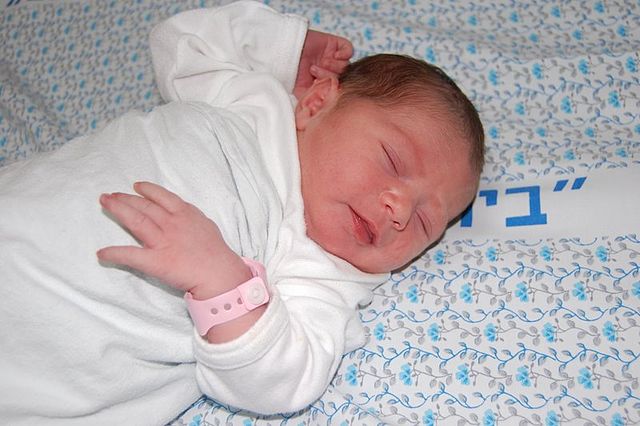The U.S. fertility rate hit a new record-low last year, continuing a persistent trend that will have significant consequences for American society.
The total fertility rate dropped to 1.62 births per woman last year, a 2 percent decline from the year before, according to newly released data from the Centers for Disease Control. The figure is below replacement level, meaning Americans are not having enough children to replace themselves, a development with major implications for the American economy.
The total fertility rate recorded by the CDC is the lowest since the U.S. government began tracking it nearly a century ago. It reflects a trend visible across the developed world in which women are less inclined to have children because of greater emphasis on career success and access to reproductive technology in predominantly secular societies.
There were 3,591,328 total births in the U.S. last year, the fewest babies born in the U.S. for any year on record since 1979.
Since 2007, the total fertility rate in the U.S. has been consistently below replacement level, the CDC noted. Record numbers of illegal immigration enabled by the Biden administration has helped offset the American population decline.
Birth rates declined for women and girls in age groups 15-19 through 35-39, and remained unchanged for older women aged 40-44 and 45-49. Teen pregnancy has declined significantly from 2007 to 2023 for women and girls ages 15-19, and last year that age group saw a 3 percent birth rate decline to set a new record low. From its peak in 1991, teenage pregnancy is down 79 percent, and it’s gone down 68 percent since 2007, the CDC recorded.
















